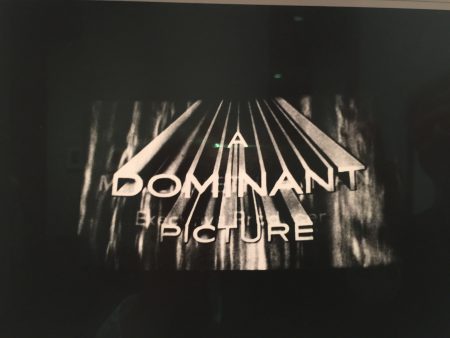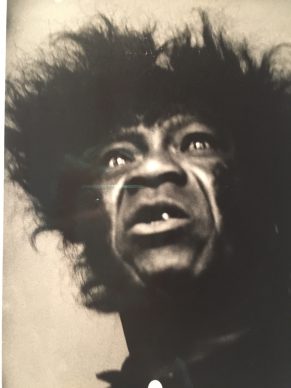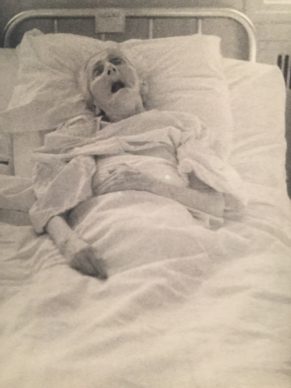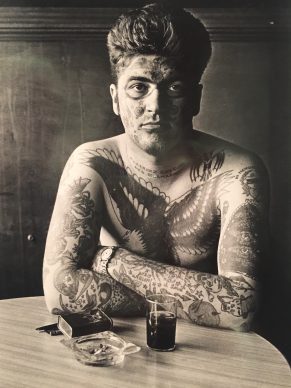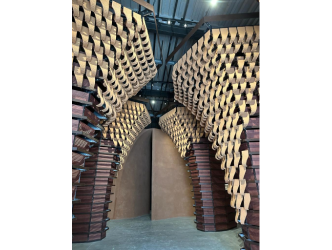Diane Arbus (1923-1971) is one of the most revered photographers of the modern age. Her appeal stems in large part from her rare ability to capture the uniqueness and even the pain in her subjects. A tense child gripping a toy grenade; a monstrous giant in the presence of his parents; two identical twin sisters.
The vision in her images triggers a chain of thoughts in the viewer. These images by Diane Arbus have become kind of “clichés” etched into our collective memory.
Her suicide only feeds the romantic myth which surrounds the artist and accentuates that feeling of unease one can’t help but suspect she shared with the subjects she photographed.
In New York, the city’s new museum, the Met Breuer (this annex inaugurated in March and mainly showing 20th and 21st century art is on Madison Avenue in the former home of the Whitney, which has relocated to a Renzo Piano building downtown) is holding an exceptional exhibition devoted to this American photographer:
exceptional because it contains nearly 70 works never before out of the 100-or-so on display;
exceptional too as they come from the first seven years of her career (1956-1962) but point towards the remarkable work that comes next;
exceptional, finally, because the hanging forces the viewer to look at these old prints individually.
The exhibition is not arranged chronologically or thematically. Instead it employs a system of pillars to hang the photos which viewers can stroll around at their leisure.
The exhibition’s curator Jeff Rosenheim spoke about the idea behind the show:
It was in 1941 when Diane Arbus was 18 that she was given her first camera as a present from her husband. For the next 15 years she would take photos. But it was only in 1956 that she began numbering her films. Film no. 1 was a 35mm and according to the show’s curator signals the true beginning of her career when she begins taking individual portraits of her subjects.
It is during this short period that Diane Arbus becomes the artist we all know (in 1962 she would move to another format with a 2.5-inch Rolleiflex).
Children have never been so expressive and in their own world as they are here at the Met Breuer, while transvestites are immortalised in an intimate and touching look.
Arbus shows signs of what is still to come: she takes photos of underground characters as Nan Goldin would much later;
she practices conceptual photography, shooting a scene from a movie featuring the title ‘A dominant picture’;
and she has fun having an old-school photograph taken of herself at Coney Island.
Jeffrey Fraenkel, the famous photography dealer from San Francisco who has shown Diane Arbus for 36 years provides a detailed commentary of an image of a transvestite by Arbus:
Diane Arbus said: ‘I do feel I have some slight corner on something about the quality of things. I mean it’s very subtle and a little embarrassing to me but I really believe there are things which nobody would see unless I photographed them.’
It’s true.
Support independent news on art.
Your contribution : Make a monthly commitment to support JB Reports or a one off contribution as and when you feel like it. Choose the option that suits you best.
Need to cancel a recurring donation? Please go here.
The donation is considered to be a subscription for a fee set by the donor and for a duration also set by the donor.




